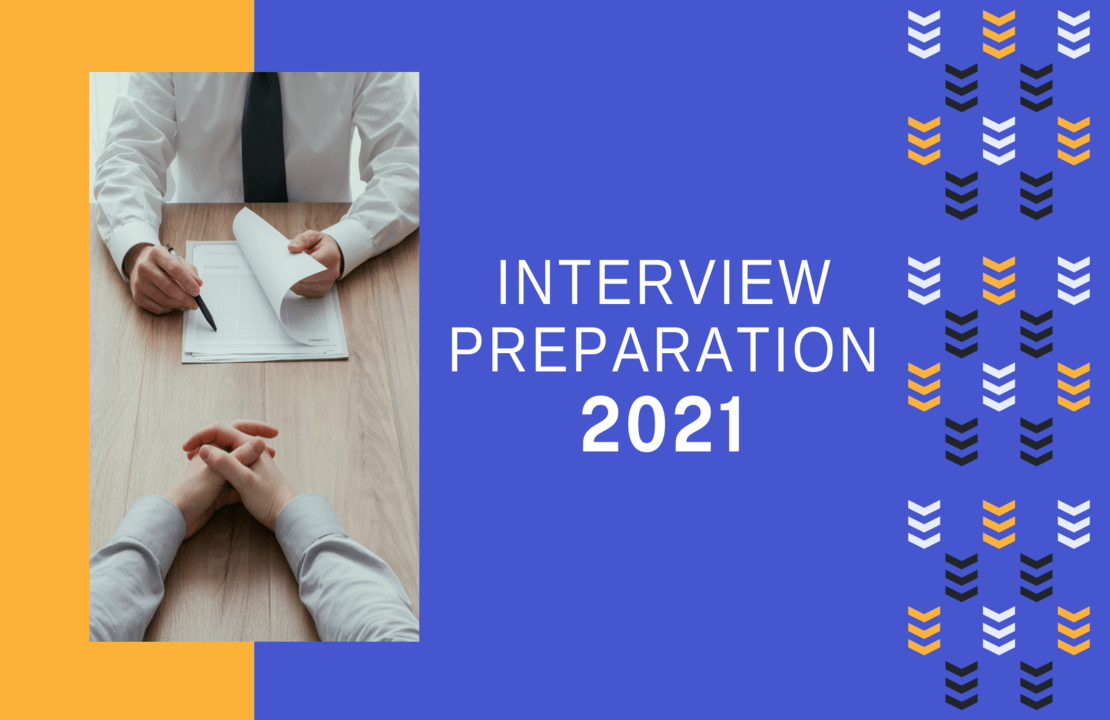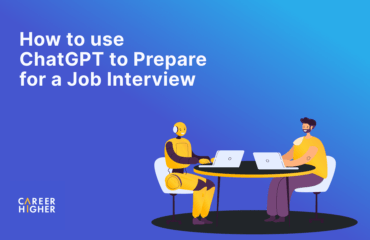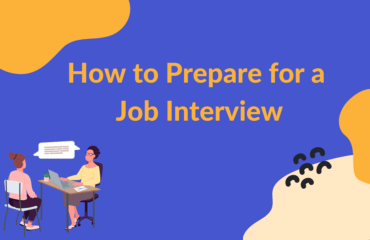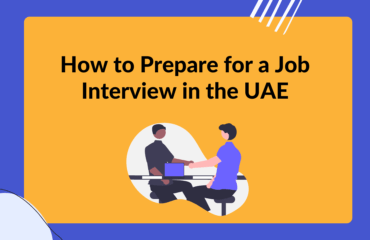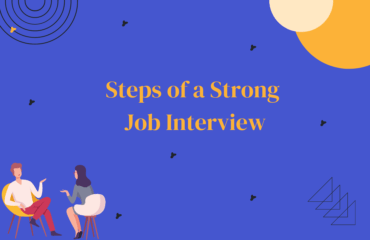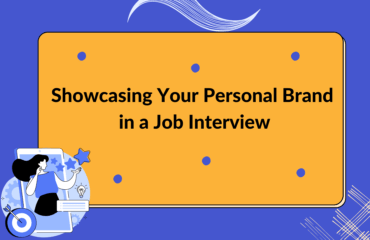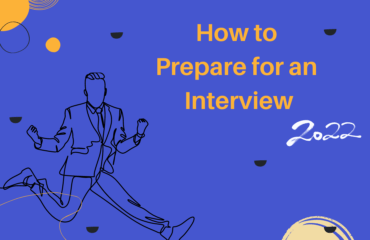Table of Contents
After 2020 is full of world-changing events, 2021 is introducing a fair number of changes, which have already affected the way companies operate. With the COVID-19 pandemic restricting social contact, it’s unsurprising that businesses have sought alternative solutions and digitized their processes to continue operating seamlessly.
One of the areas affected is interviewing. Recruiters were already using ATS (applicant tracking systems) to screen and track their candidates, relying on technology to enhance the initial stages of the recruitment process. However, new COVID-19 safety guidelines have required them to adjust their existing practices.
Perhaps you’re preparing for an interview. In this article, we will highlight three increasingly common practices to expect during the hiring process in 2021 so you’ll know how to prepare for an interview in the new, more technological normal.
1) Digital communication
Recruiters still prefer to use email and phone as the primary channels of communication. You’ll receive emails informing you of the next steps – if any. The recruiter might also ask you to participate in a brief phone interview to discuss your availability and provide any necessary clarification regarding your CV or resume.
What’s the new addition? Chatbots.
Undoubtedly, you’ve visited a website and seen a pop-up message appear with a friendly “Hi! Feel free to ask me any questions.” ELIZA was the first chatbot developed at MIT back in 1966. Some companies have already begun to incorporate chatbots into the recruitment process and we predict that this practice will become even more prevalent. Here are some ways you might interact with a chatbot:
- To respond to informational interview questions.
- To ask questions about a job posting.
- To schedule a live interview with a recruiter.
So, don’t be surprised if a chatbot reaches out to you. On the contrary, take your time and prepare thoughtful answers. Typically, a chatbot will ask predetermined informational interview questions: why do you want to work with the company? What experience and relevant skills would you bring to the role? When are you available to work?
2) Online assessments
Recruiters use online assessments to evaluate candidates. In fact, 82% of companies use pre-employment assessments according to TalentLyft. Online assessments include various types:
- General aptitude test (GAT)
- Psychometric test
- Technical skills test
- Soft skills test
- Online assignment according to your role (e.g. pilot blog post)
Most of these assessments include gamified activities, such as coding challenges (for tech roles), puzzles, or memory games. Fortunately, for most of the aforementioned types, free samples are available online. You can start by conducting a quick Google search. Follow it with a quiz, then study the solutions afterward – the assessments are typically based on similar game logic.
You might also encounter a fairly new type of assessment, built with Virtual Reality (VR) technology: the case interview. Most of these simulations use artificial intelligence (AI) technology, which tracks hand and eye movement and records metrics reflecting your concentration, stress level, and more. Keep in mind that this practice is still relatively rare, but you will experience it more often in the days to come. Although a case interview may also take place by phone or videoconference, companies have started to use VR in recruitment to:
- Showcase their work environment
- Offer insight into a role
- Test a candidate’s decision-making skills
The best way to prepare is by practicing. For example, if you’re applying for a sales role, learn everything you can about your target company’s product or service and practice selling it to a prospect by envisioning scenarios — you might enlist the help of a friend or a mirror.
3) Virtual interviews
Under the conditions created by the COVID-19 pandemic, companies have had to adapt to a remote hiring model and comply with their municipalities’ safety guidelines. The new requirements have led recruiters to interview candidates via video platforms, primarily in two ways:
a) Pre-recorded video interviews
In a pre-recorded video interview, the recruiter submits a set of questions and requests answers recorded via video. Depending on the software the recruiter uses, such interviews can assume one of two forms:
i) Self-paced recording
You’ll be given a broad deadline to submit your answers (e.g. two days). You will also be able to record a response to each question one at a time and at your own pace. Recruiters often allow several takes for each video answer, giving you the opportunity to choose which one to send.
ii) Timed recording
This type also includes a broad deadline to answer the questions, but you must view and answer each question during a specific time frame. For example, you might be allotted one minute to process a question. When the timer finishes, a new one will start counting three minutes to record your response to the next question.
Pre-recorded interviews focus mainly on personality-related and behavioral interview questions. Practice your answers beforehand and speak loudly and clearly during the recording. You may also find it beneficial to write a list of keywords or short notes to help organize your thoughts and sneak a peek to give a smooth answer. Don’t forget to use the STAR interview method to develop a structured answer when applicable.
b) Live video interviews
On-site interviews have largely been abandoned in favor of live video interviews, and many interviewers predict that this approach will persevere even after the pandemic is over. We foresee that once companies return to the office, they will return to face-to-face interviews as well, but that will not be the end of virtual interviews. To explore the matter further, live video interviews can be conducted in two main schemes:
i) Group video interview
Interviewing multiple candidates simultaneously was ubiquitous before the pandemic and recruiters still do it but in a virtual setting. Before the call, take some time to consider your replies to typical group interview questions. Be cognizant, however, that you may be presented with a hypothetical scenario to address – a case interview.
Before the group call, investigate the company’s values and offerings in depth. During the discussion, don’t hesitate to speak up first and genuinely praise another candidate’s ideas.
ii) One-to-one video interview
Once you’ve completed the previous stages of the hiring process, you’ll be invited to a virtual room where you’ll meet with the interviewer(s). Congratulations! They may want to test your hard skills on the spot by launching a virtual whiteboard and asking you to demonstrate your knowledge.
Before a live interview, take some time to study the company, develop clear statements about your expectations for your future employer and prepare a set of substantial questions to ask in the interview. Once the interview has concluded, write a thank you letter or even a follow-up interview email including your feedback on the process.
Although we live in strange times, being able to adapt to unexpected changes and find ways to shine in any career circumstances is vital, whether the interaction is in-person or virtual. Staying informed about changes and drawing on insight from experts are keys to success. And always remember the golden rule: practice makes progress.
